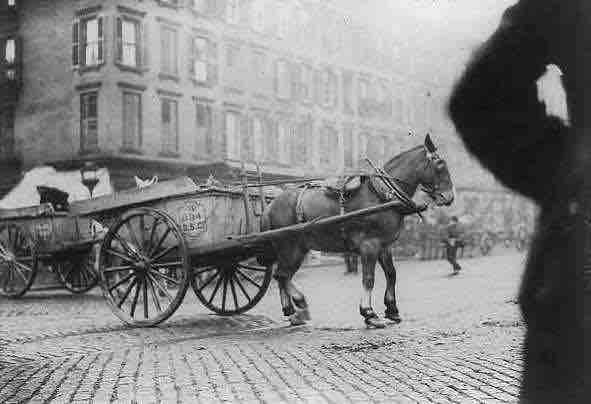Union Tactics
Methods to Deal with Strikes
Most strikes called by unions are somewhat predictable; they typically occur after the contract has expired. However, not all strikes are called by union organizations. Some strikes have been called in an effort to pressure employers to recognize unions. Other strikes may be spontaneous actions by working people. Spontaneous strikes are sometimes called "wildcat strikes;" they were the key fighting point in May 1968 in France. Most commonly, they are responses to serious (often life-threatening) safety hazards in the workplace rather than wage or hour disputes, etc.
Whatever the cause of the strike, employers are generally motivated to take measures to prevent them, mitigate the impact, or to undermine strikes when they do occur.
Strike Preparation
Companies which produce products for sale will frequently increase inventories prior to a strike. Salaried employees may be called upon to take the place of strikers, which may entail advance training. If the company has multiple locations, personnel may be redeployed to meet the needs of reduced staff.
Companies may also take out strike insurance prior to an anticipated strike, to help offset the losses which the strike would cause.
One of the weapons traditionally wielded by already-established unions is strike action. Some companies may decline entirely to negotiate with the union, and respond to the strike by hiring replacement workers. This may create a crisis situation for strikers. Do they stick to their original plan and rely upon their solidarity, or is there a chance that the strike may be lost? How long will the strike last? Will strikers' jobs still be there if the strike fails? Are other strikers defecting from the strike? Companies that hire strikebreakers typically play upon these fears when they attempt to convince union members to abandon the strike and cross the union's picket line.
Unions faced with a strikebreaking situation may try to inhibit the use of strikebreakers by a variety of methods, establishing picket lines where the strikebreakers enter the workplace; discouraging strike breakers from taking, or from keeping strikebreaking jobs; raising the cost of hiring strikebreakers for the company; or employing public relations tactics. Companies may respond by increasing security forces and seeking court injunctions.
Strikebreaking
Some companies negotiate with the union during a strike; other companies may see a strike as an opportunity to eliminate the union. This is sometimes accomplished by the importation of replacement workers, strikebreakers, or "scabs. " Historically, strike breaking has often coincided with union busting. It was also called "Black legging" in the early twentieth century, during the Russian socialist movement.

Strikebreaker
Strikebreaking tactics are often met with hostile reactions from strikers
Union Busting
One method of inhibiting or ending a strike is firing union members who are striking, which can result in elimination of the union. Although this has happened, it is rare due to laws regarding firing and "right to strike" having a wide range of differences in the United States, depending on whether union members are public or private sector. Laws also vary country to country. In the United States, it is legal to fire striking public sector employees if the strike is illegal. Conversely in the United Kingdom, "It is important to understand that there is no right to strike in UK law." Employees who strike risk dismissal, unless it is an official strike (one called or endorsed by their union), in which case they are protected from unlawful dismissal and cannot be fired for at least 12 weeks.
Lockouts
Another counter to a strike is a lockout, the form of work stoppage in which an employer refuses to allow employees to work. Two of the three employers involved in the Caravan park grocery workers strike of 2003-2004 locked out their employees in response to a strike against the third member of the employer bargaining group. Lockouts are, with certain exceptions, lawful under United States labor law.
Violence
Historically, some employers have attempted to break union strikes by force. One of the most famous examples of this occurred during the Homestead Strike of 1892. Industrialist Henry Clay Frick sent private security agents from the Pinkerton National Detective Agency to break the Amalgamated Association of Iron and Steel Workers strike at a Homestead, Pennsylvania steel mill. Two strikers were killed, 12 wounded, along with 2 Pinkertons killed and 11 wounded. In the aftermath, Frick was shot in the neck and then stabbed by Alexander Berkman, surviving the attack, while Berkman was sentenced to 22 years in prison.